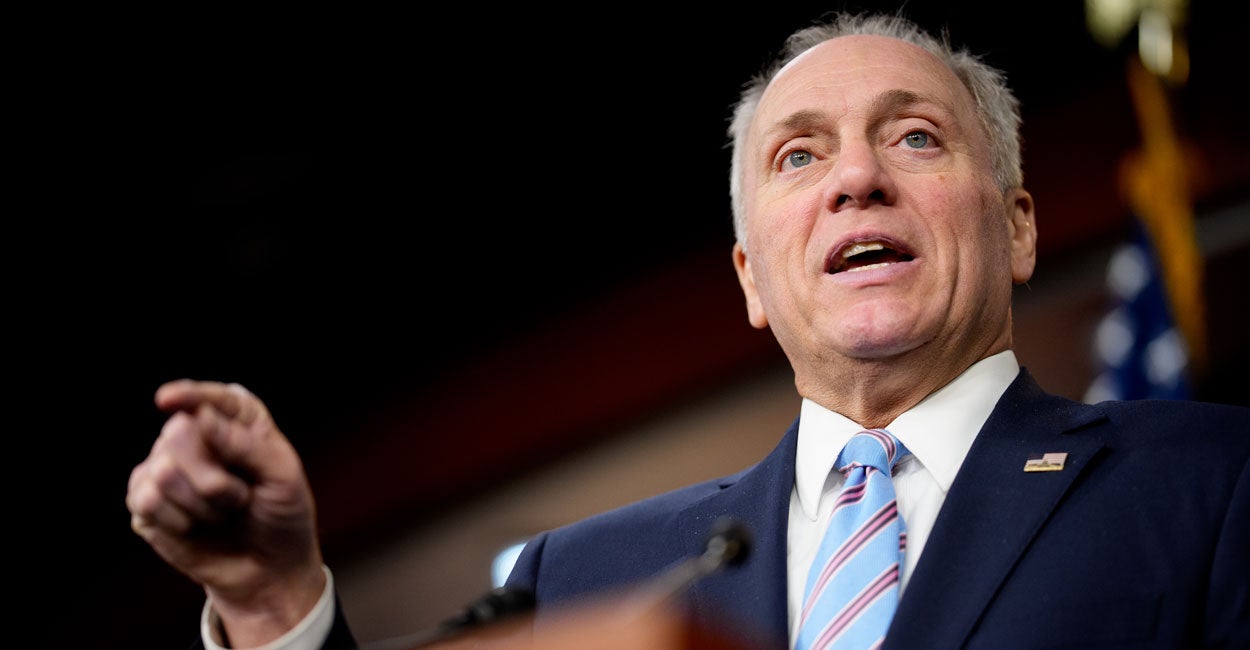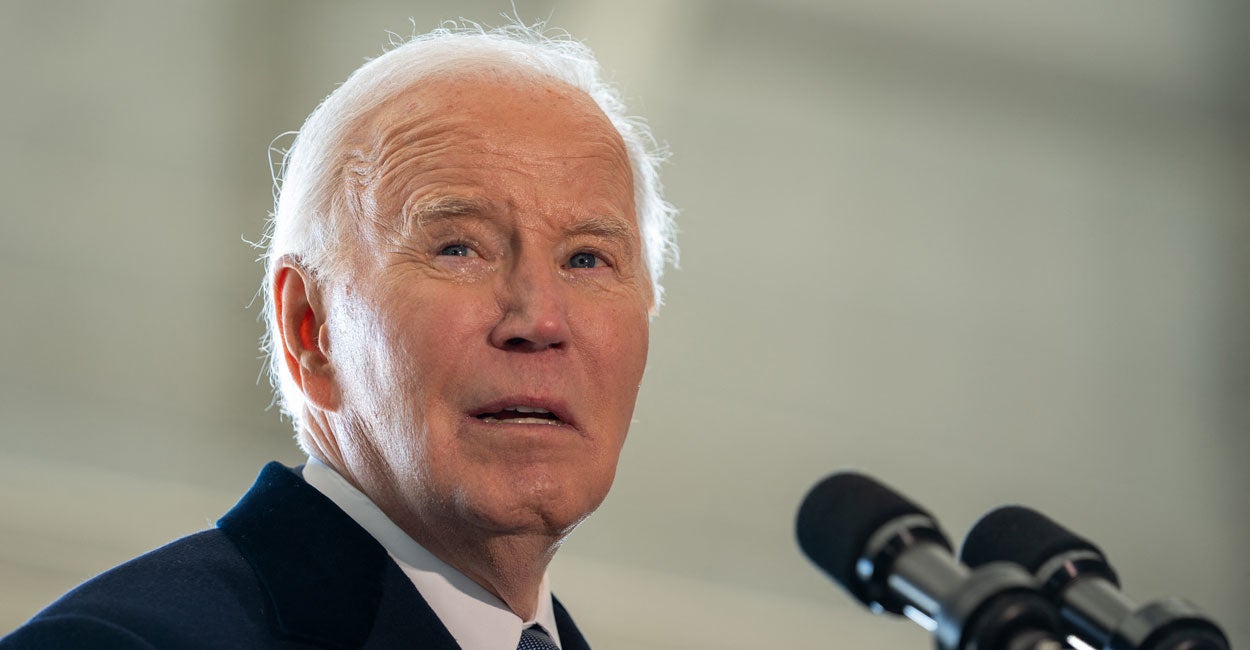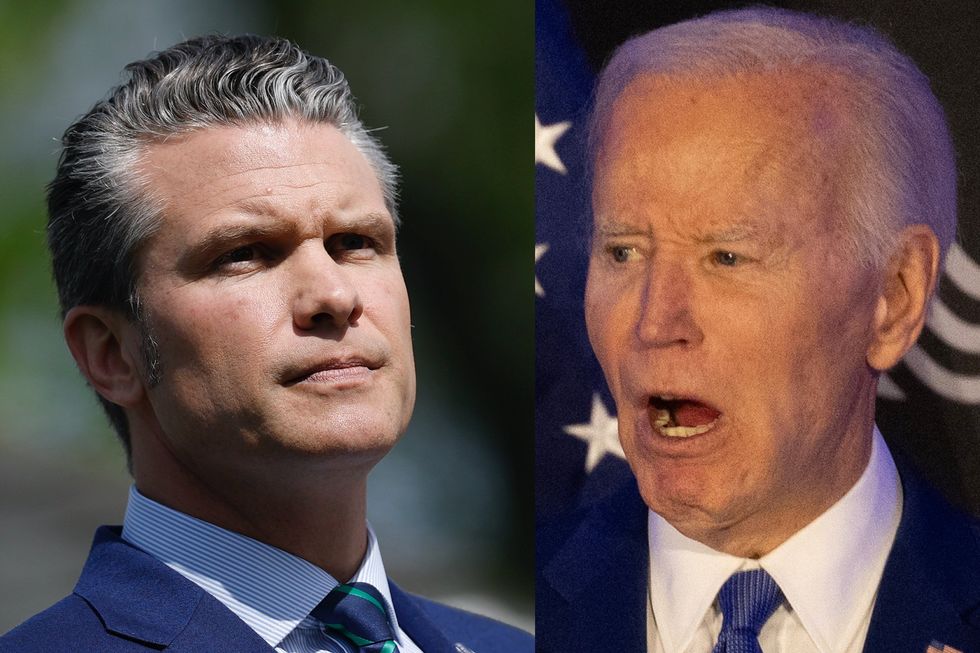How Trump’s return will impact Iran’s nuclear program



As January 2025 approaches, with Donald Trump poised to return to the White House, speculation is growing about how the U.S. will handle Iran’s nuclear program. Some analysts believe that a “maximum pressure” policy, similar to that of Trump’s first term, alongside efforts to curtail Iran’s oil sales, could compel the regime to scale back its nuclear ambitions.
However, substantial evidence suggests that the Iranian regime has no intention of abandoning its nuclear program.
The weakening of Iran’s regional proxies
Iran’s proxies, including Hezbollah, have either been significantly weakened or cut off altogether, leaving the regime without the tools it once employed to exert pressure on the international community. Previously, these proxies, combined with the threat of nuclear escalation, allowed Iran to push Europe and the U.S. toward appeasement – overlooking its regional terrorism, widespread executions and human rights abuses within Iran.
At most, this approach elicited mild verbal condemnations. Today, with these leverage points diminished, the regime relies almost exclusively on its nuclear program as a bargaining chip. Ahmad Naderi, a member of the Iranian Parliament’s presidium, acknowledged this when he stated, “Without moving toward a nuclear bomb, balance in the region cannot be achieved.”
International and domestic reactions
On Nov. 21, the International Atomic Energy Agency Board of Governors issued a resolution against Iran, with Russia and China voting against it. According to the Wall Street Journal, “The rebuke, presented by Britain, France, and Germany with U.S. support, marks the first significant step in a months-long process that could end with the re-imposition of international sanctions on Iran.” The resolution calls on Tehran to immediately cooperate with the IAEA and address its unanswered questions.
Over the past three decades, the Iranian regime has not only pursued its nuclear bomb program clandestinely, but also advanced it significantly through deceit. It has now reportedly produced 32 kilograms of 60% enriched uranium – enough for several nuclear weapons, in clear violation of the Joint Comprehensive Plan of Action, “the Iran nuclear deal.”
Tehran continues to evade the IAEA’s questions, refusing to provide the transparency required under international agreements.
Meanwhile, the National Council of Resistance of Iran, or NCRI, an opposition group that first exposed Iran’s nuclear program in 2002, argues that the regime’\s nuclear ambitions are fundamentally at odds with the interests of the Iranian people. They note that the nuclear program has cost the country over $2 trillion, pushing more than two-thirds of the population into extreme poverty.
NCRI president-elect Maryam Rajavi, who presents her organization as an alternative to the radical theocratic regime, has stated that preventing Iran from acquiring nuclear weapons is essential for regional peace. Rajavi considers invoking the so-called “snapback” mechanism under U.N. Security Council Resolution 2231 – which would automatically reactivate six prior Security Counsil resolutions against Iran’s nuclear activities – as essential and long overdue.
The Iranian regime’s tactics
Ali Larijani, adviser to Supreme Leader Ali Khamenei and former speaker of Iran’s parliament, remarked, “If the new U.S. administration claims to oppose nuclear weapons, it must accept Iran’s conditions… to reach a new agreement, rather than issuing one-sided decrees like their decision at the IAEA!”
The regime appears determined to draw Trump’s upcoming administration into negotiations to buy time and avoid the snapback mechanism, reinstating U.N. sanctions. This mechanism could be activated as soon as October 2025, when key JCPOA restrictions are set to expire. To this end, in a speech on Nov. 25, Khamenei announced a reduction in uranium enrichment levels from 60% to 20%, signaling a tactical retreat to pacify international pressure. Meanwhile, Kamalvandi, head of Iran’s Atomic Energy Organization, has confirmed that the regime is quietly working to increase enrichment to 90%, leveraging advanced technologies in an effort to surprise the international community – much as North Korea did when it suddenly revealed its nuclear capability.
Europe, the U.S. and closing the international divide
For years, the Iranian regime exploited divisions between Europe and the U.S. to sustain its nuclear program. However, according to Heshmatollah Falahatpisheh, former chairman of Iran’s National Security and Foreign Policy Commission, “The IAEA resolution is the first sign of a harsh winter for Iran. Europe has moved toward Trump’s maximum pressure policy. They demand a rollback of nuclear activities and increased inspections without offering any concessions.”
The once-notable gap between Europe and the U.S. appears to be narrowing.
Europe – heavily impacted by the wars not only in Ukraine, where Iran has supported Russia both diplomatically and militarily, but in the Middle East, where Iran has played an outsized role in funding proxy armies and destabilizing the region – is rethinking its approach. The Iranian regime’s involvement in these conflicts, coupled with the 2022 protests that exposed its internal vulnerabilities, has pushed Europe away from its previous appeasement policies.
Increasingly, Europe seems to be aligning with Trump’s hardline stance on Iran. Resolving the Ukraine war is particularly critical for Europe, and achieving this goal will require close cooperation with the U.S., which is likely to also strengthen their joint position on Iran’s nuclear ambitions.
At the same time, Trump’s strategy for maximizing pressure on Iran depends on European cooperation. Since the U.S. is no longer a JCPOA participant, Europe must take the lead in activating Article 11 of U.N. Security Council Resolution 2231 to restore sanctions on Iran. This move would bypass the need for approval from the International Atomic Energy Agency and sidestep vetoes from Russia or China.
Conclusion
With growing alignment between the U.S. and Europe, combined with the Iranian regime’s internal and external vulnerabilities, the likelihood of activating the “snapback” mechanism is high. This action represents the most feasible path to ensuring peace in the Middle East and averting a nuclear arms race in the region. Under these circumstances, the Iranian regime will likely continue employing diplomatic maneuvers to buy time. However, given the global toll of ongoing conflicts, Tehran’s ability to delay the inevitable appears increasingly limited.
What's Your Reaction?
 Like
0
Like
0
 Dislike
0
Dislike
0
 Love
0
Love
0
 Funny
0
Funny
0
 Angry
0
Angry
0
 Sad
0
Sad
0
 Wow
0
Wow
0








































































